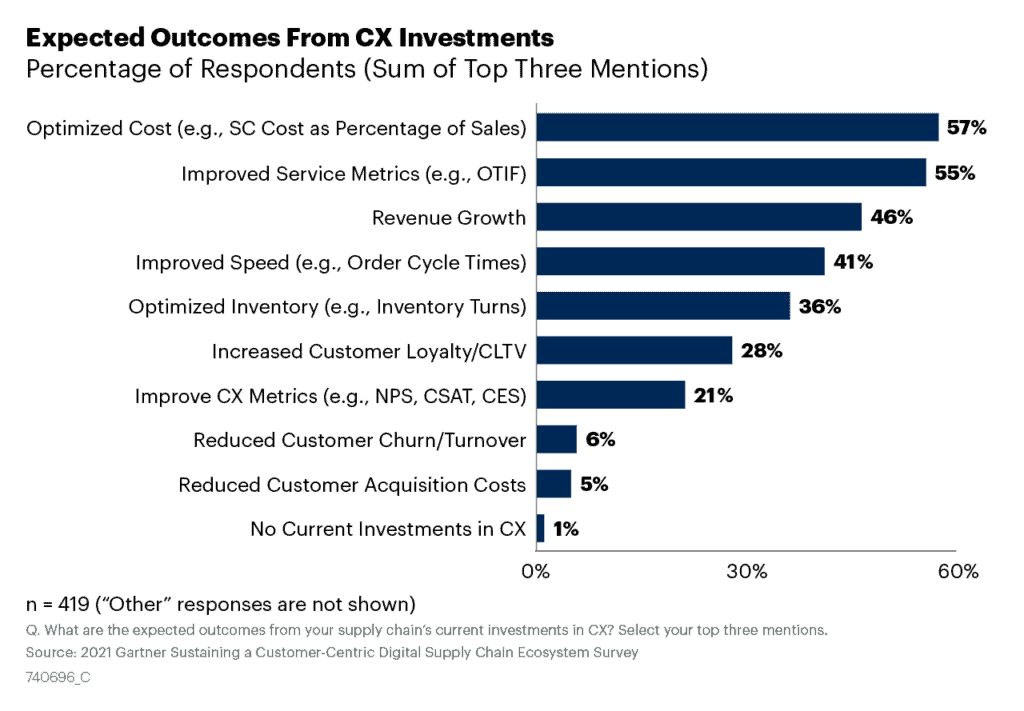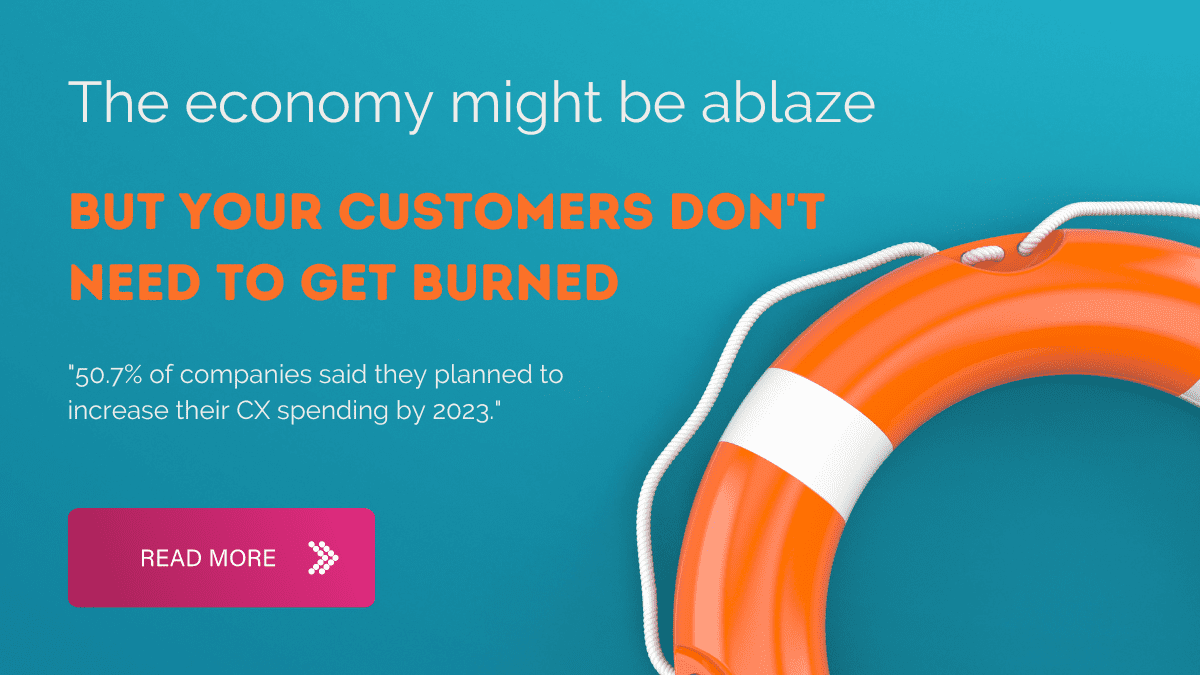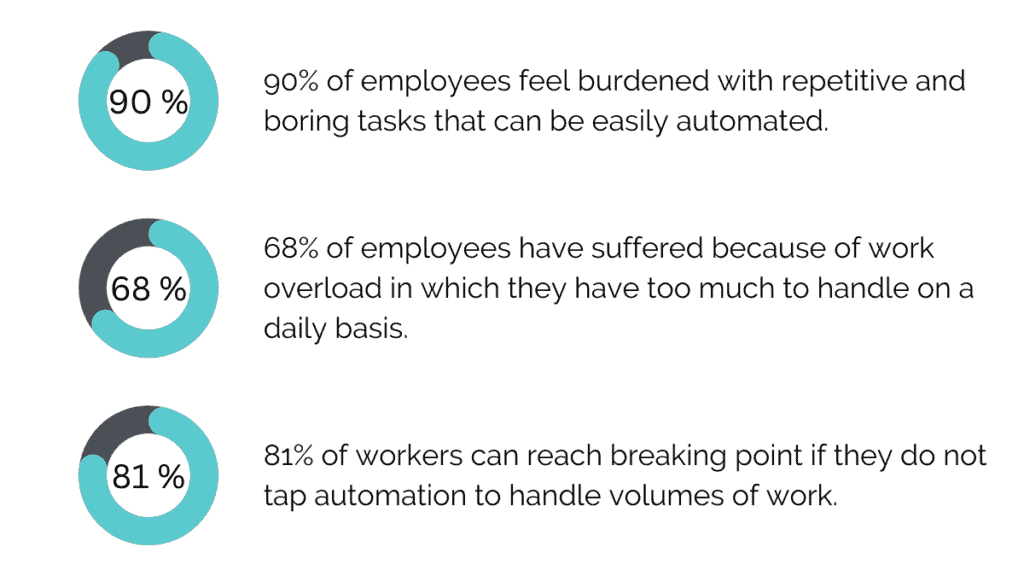There has been a trend over the last decade to nominate the current year “the worst ever”. Divisive politics play a part, as well as celebrity deaths, and natural disasters.
Thanks to COVID-19, 2020 seemed to have every chance of taking the crown. (Not for the worst year ever, mind you – too many of us have clean running water, central heating, and Netflix to justify that claim. Just the worst… recently.)
Since then the world has seen a very mixed path to recovery, often with no clear exit in sight.
Neither 2021 nor 2022 have felt like a definitive reprieve from the chaos. Instead, the world finds itself heading into financial turmoil; the situation is so bleak that some experts believe it could be worse than the 2008 recession.
(Want more articles like this in your inbox? Click here to get our fortnightly CX newsletter.)
In this article:
- How does the downturn affect customer service and CX teams?
- What’s going on in the world?
- Good CX, a healthy bottom line, new investments. Choose 2.
How does the downturn affect customer service and CX teams?
Economic downturn is felt by both consumers and businesses. As spending drops, customer retention becomes even more important, but also harder as customers shop around more.
This changes the focus of many customer service and support teams, as consumers and businesses alike tighten the purse strings.
Some larger companies are already tackling this head-on with investment – but it’s not quite as simple for every company.
So what have companies done historically to combat this kind of crisis, and what options are available today?
First things first; what’s going on in the world?
The 2008 the crisis could be traced back to the single catalyst of short-sighted Wall Street gambling. But the causes of a 2022 recession won’t be as simple to diagnose.
If you had asked anyone in 2021 what could cause a financial downturn in 2022, most would have guessed COVID-19. A reasonable prediction to be sure, but far from the full story.
Putin the brakes on
Likely the biggest cause of the economic downturn in Europe is the soaring cost of energy. Although partly caused by the closure of nuclear plants and – of all things – a wind shortage, it’s mostly the result of the war in Ukraine.
Europe relies heavily on Russia for natural gas, and since Vladimir Putin decided to invade neighboring Ukraine, gas prices have rocketed.
This directly affects countries like Germany which buys most of its gas from Russia. It also pushes prices up across Europe by massively increasing demand.
Too hot to handle
2022 was the year of the heatwave. Unfortunately, “the hottest year on record” is a short-lived designation in recent times.
Europe and the US were both his by record breaking temperatures this year, leading to droughts that hit farmers hard. This led to a huge grain shortage, which spiked food prices.

An inflated sense of doom
These factors and others have caused an unprecedented spike in inflation. From 8.2% in the US to 83% in Turkey, the global cost of living crisis has been far-reaching. According to most predictions, 2023 will be just as stark.
I response, the European Union created NextGenerationEU, an economic recovery package created to support EU nations post-pandemic.
Launched as €360 billion in loans and €390 billion in grants, the scheme continues to evolve and grow according to the circumstances.
The US has implemented their own recovery package – the American Rescue Plan – which launched in 2021 at a cost of $1.9 trillion.
Good CX, a healthy bottom line, new investments. Choose 2.
Recessions hit every business in some way or another, and CX is no different. But is it really true that “something’s gotta give?”.
The well-worn truth of customer experience is that although investments often produce high returns in relatively little time, they are still hard to generate.
While there’s volatility around budget and spending, that dynamic becomes even more pronounced.
So let’s look at what other companies are doing to safeguard themselves, while still offering world class service.
Boost investment to promote retention
As Zendesk reported in their 2022 CX Trends report, “72 percent of retail leaders believe that customer service is a critical business priority”.
This highlights the true importance of CX to businesses, and is backed up by Metrigy’s Customer Engagement Transformation study, where 50.7% of companies said they planned to increase their CX spending by 2023.

That may sound like a roll of the dice, but 86% of customers report that they would leave a brand they trusted after just two bad experiences.
In a market where price competition is likely to become a race to the bottom – and where customer service interactions may be especially sensitive – a keen focus on retention is a straightforward win for most organizations.
Cutting staff to lower costs
Many very large organizations aim to shield themselves from the downturn with widespread redundancies. Even tech giants like Microsoft, Meta, and – of course – Twitter, have made huge cuts.
Oracle has focused major cuts around their marketing and CX teams specifically. This could be seen as a panic move amid recession concerns, but it’s worth noting that Oracle acquired Cerner for $28 billion at the end of 2021, so this could be part of a bigger restructure.
It’s a tale as old as time, and we see these kinds of cuts every time there is a significant dip in the economy.
Double down on automation
Contrary to many years of speculation, automation does not tend to rapidly replace a workforce. What it does achieve is making the lives of workers easier while giving customers a better experience.
Amazon, for example, believe that:
“You can augment employees with automated tools and processes and dramatically improve customer outcomes and speed to resolution”
This is what Iain Langridge, Product and Customer Experience Leader at Amazon, said earlier this year. And it’s an increasingly popular approach amongst CX leaders.
According to the Forrester Opportunity Snapshot, 70% of customer service decision-makers plan to increase investment automation. This is a big majority, and shows how important it will be.
Automation and AI improve efficiency, save time, and improve the quality of your service. All of which will give you an advantage during times of difficulty. It’s not about trying to replace real people, but getting more out of the team you’ve already got.
Make it personal
Linked closely to both investment and automation, personalization is another popular way to gain advantage in tough times.
Communication giant Cisco understands this, and are working hard to add more personalized elements to their CX processes.
EVP and General Manager, Jeetu Patel, recently told Computer Weekly that “Digital-first consumers now demand a more responsive and personalized experience from the brands they love”.
In fact, 86% of customers are willing to pay more for a superior customer experience, and giving them an experience unique to them is a great way to do that.
Using advanced CRMs, you can capture the data you need to provide a truly personalized experience. Then you use this data to tailor an experience your customers will truly love.
This will not only improve retention, but also increase the value of your product. It’s a huge safety net at a time of economic turmoil, and enables you to establish long-term goodwill with customers.





